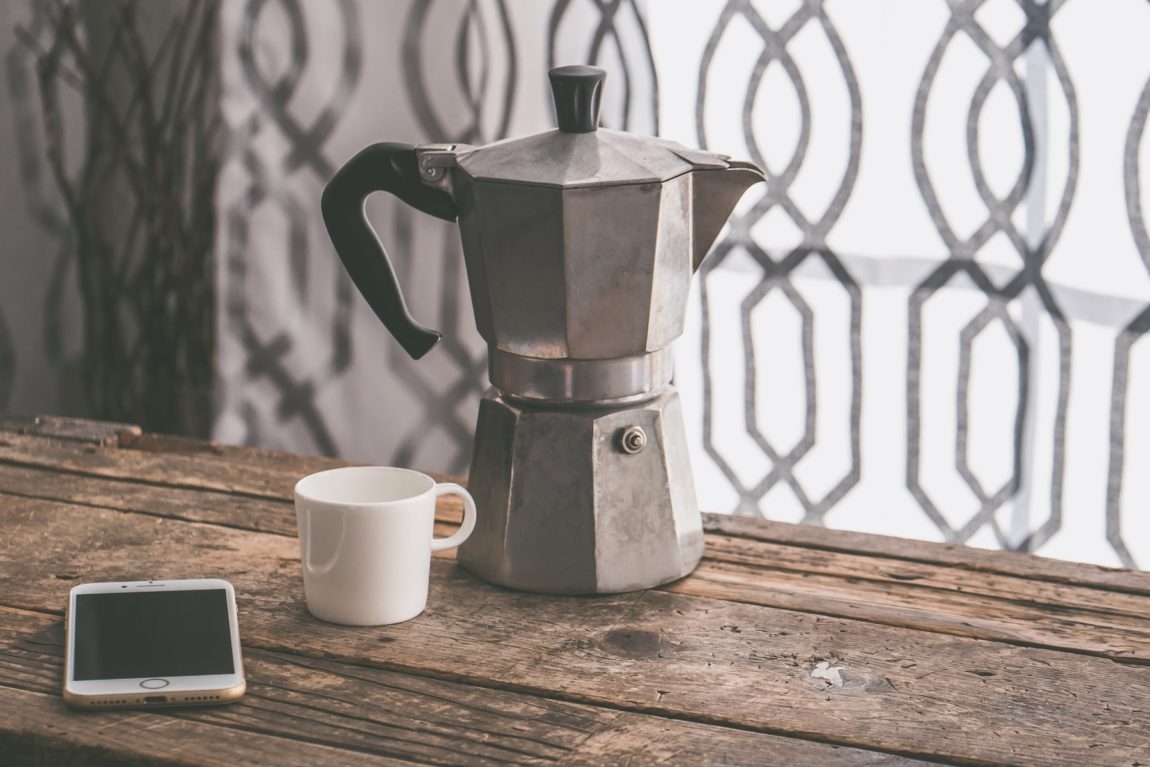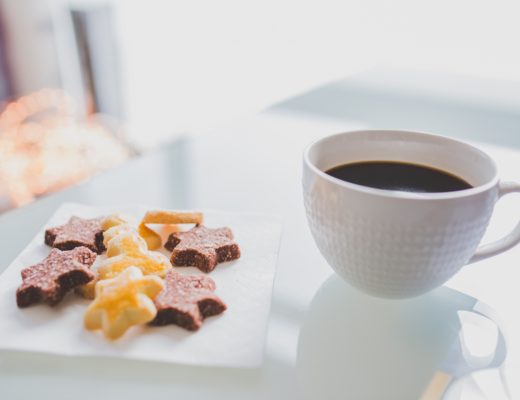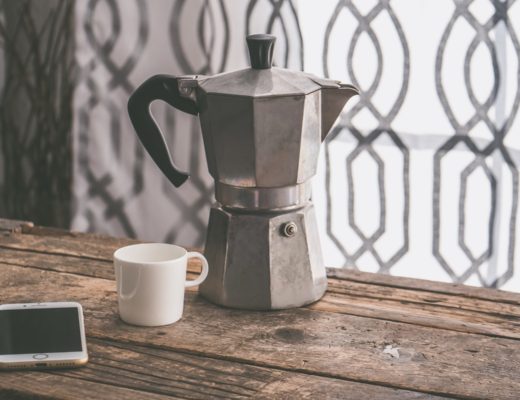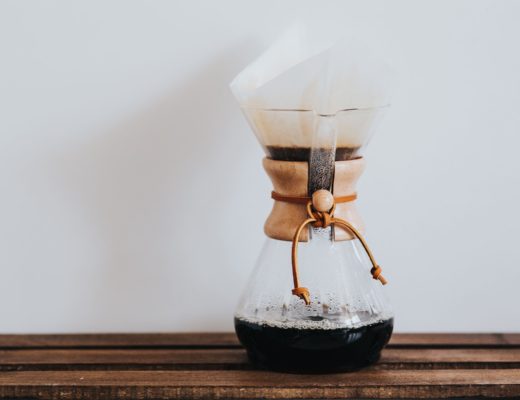Coffee Brewing 101: Extraction
When it comes to coffee brewing, extraction is the process of pulling the flavors from the coffee grounds into the water. Pretty simple right?
Some coffee enthusiasts make coffee brewing sound like this masterpiece of modern art, something that can only be understood by those hip enough and “in the know”.
Bullshit!
But coffee brewing is also not as simple as pushing a button on your electric coffee maker.
Proper coffee brewing techniques result in great tasting coffee. With a few basic pieces of information you can improve your knowledge of the coffee brewing process and start making consistently kickass coffee.
Coffee brewing is basically the reaction that occurs between ground coffee and water over a period of time. This really isn’t an art. It’s a science. And like other experiments or reactions in science, there are a number of variables that can be measured, controlled, or changed in the coffee brewing process. You just need to know what those variables are and how to manipulate them.
Coffee Brewing Variables
In this Coffee Brewing Basics series we will briefly examine several variables involved in coffee brewing. In this post we will discuss the process of extraction.
Throughout the next few blog posts will discuss each of the following variables and how they contribute to the quality and flavor of coffee.
- Coffee Grind Size
- Coffee/Water Ratio
- Water: Quality and Temperature
- Brew Time
Extraction:
Extraction describes the process where the delicious coffee flavors are extracted from the ground coffee into the water. This is where the money is!
Properly extracted coffee is good coffee; coffee that has a naturally sweet and smooth taste with delicious flavors and a lingering finish that should leave you wanting more. This is what we are going for.
But extraction is a bit like Goldilocks. It has to be just right!
Underextraction (too little extraction) causes coffee to taste weak, sour, and salty. On the flip side, overextraction results in strong, bitter coffee. We want to avoid both of these extremes and make and drink only the best coffee.
So at this point you’re probably thinking “okay dude, this is all interesting but how do I ACTUALLY make properly extracted coffee?” Great question!
Keys to Properly Extracted Coffee:
Extraction depends on all of the variable I mentioned above. I will dedicate a separate post for the discussion of each of these topics but here is the quick rundown:
- Coffee Grind Size:
- Different grind sizes are better for different brewing techniques. For instance, very fine grounds are best for espresso while French Press is best with larger grind size.
- If all other variables are kept the same, increasing grind size leads to underextraction while decreasing grind size leads to overextraction. It’s all about surface area here. The more the coffee grounds are exposed to water the more extraction takes place.
- CONSISTENCY IS KEY. Inconsistent grind size causes both small and large coffee grounds. The smaller particles have increased surface area exposed to water, causing overextraction and a bitter coffee. Alternatively, underextraction occurs with the larger particles, resulting in sour or salty flavors. This is the worst of both worlds!
- Water Temperature
- Ideal coffee brewing temperature is between 195-205F.
- Typically darker roasts require cooler temperatures and light and medium roasts require higher temperatures.
- Too cold = underextraction
- Too hot = overextraction
- Brew Time:
- Too short = underextraction
- Too long = overextraction
Make sure to check out next week’s post where we will examine coffee grinding and the impact of grind size on extraction and optimal coffee brewing.
Here’s to drinking better coffee! Cheers friends!





No Comments